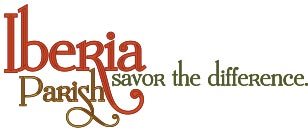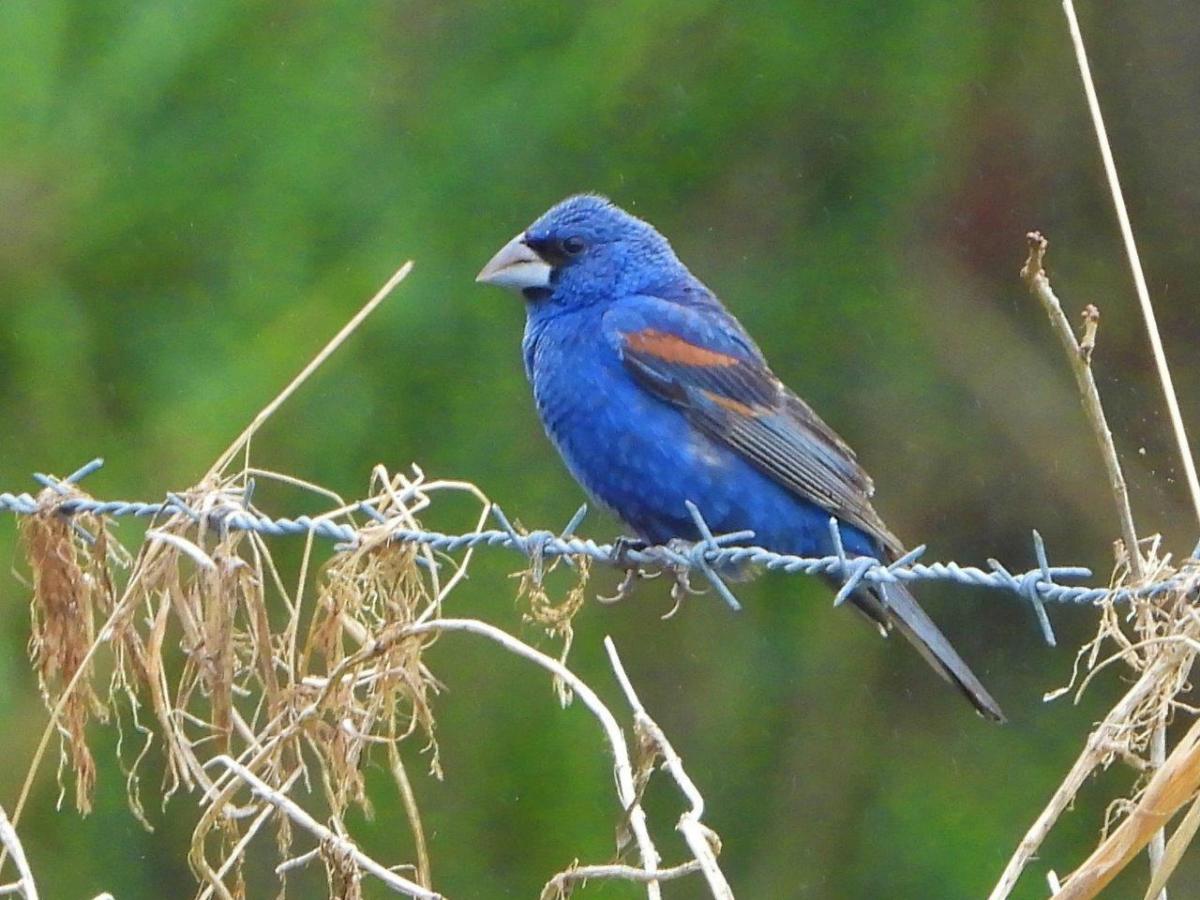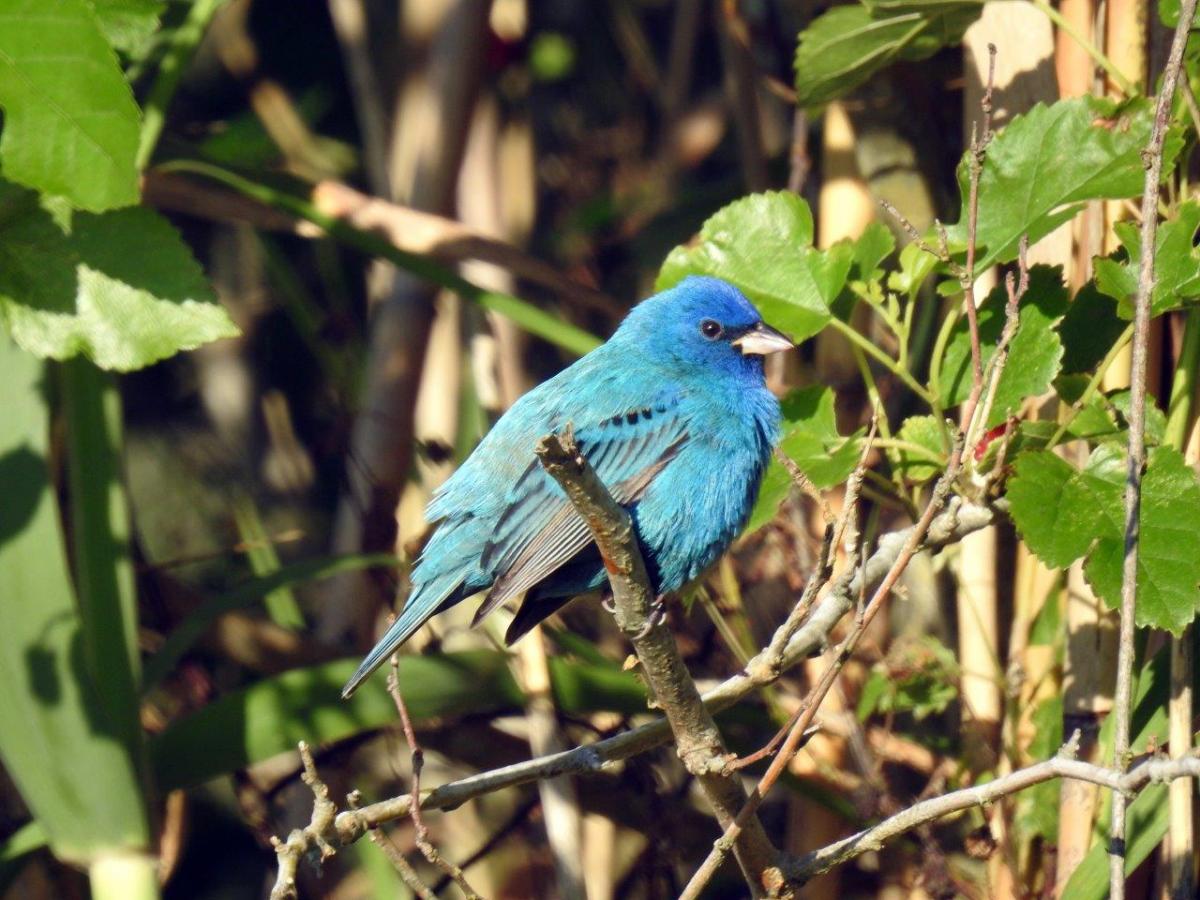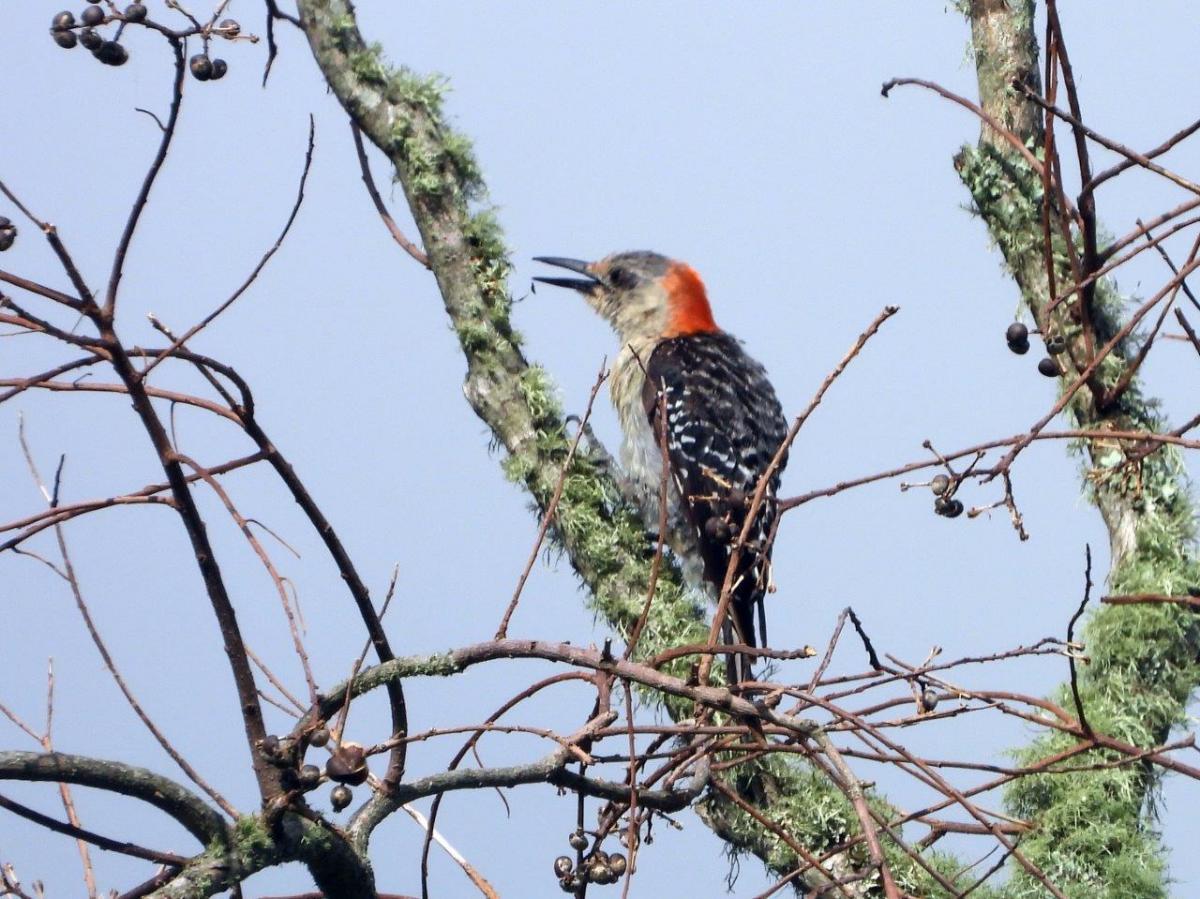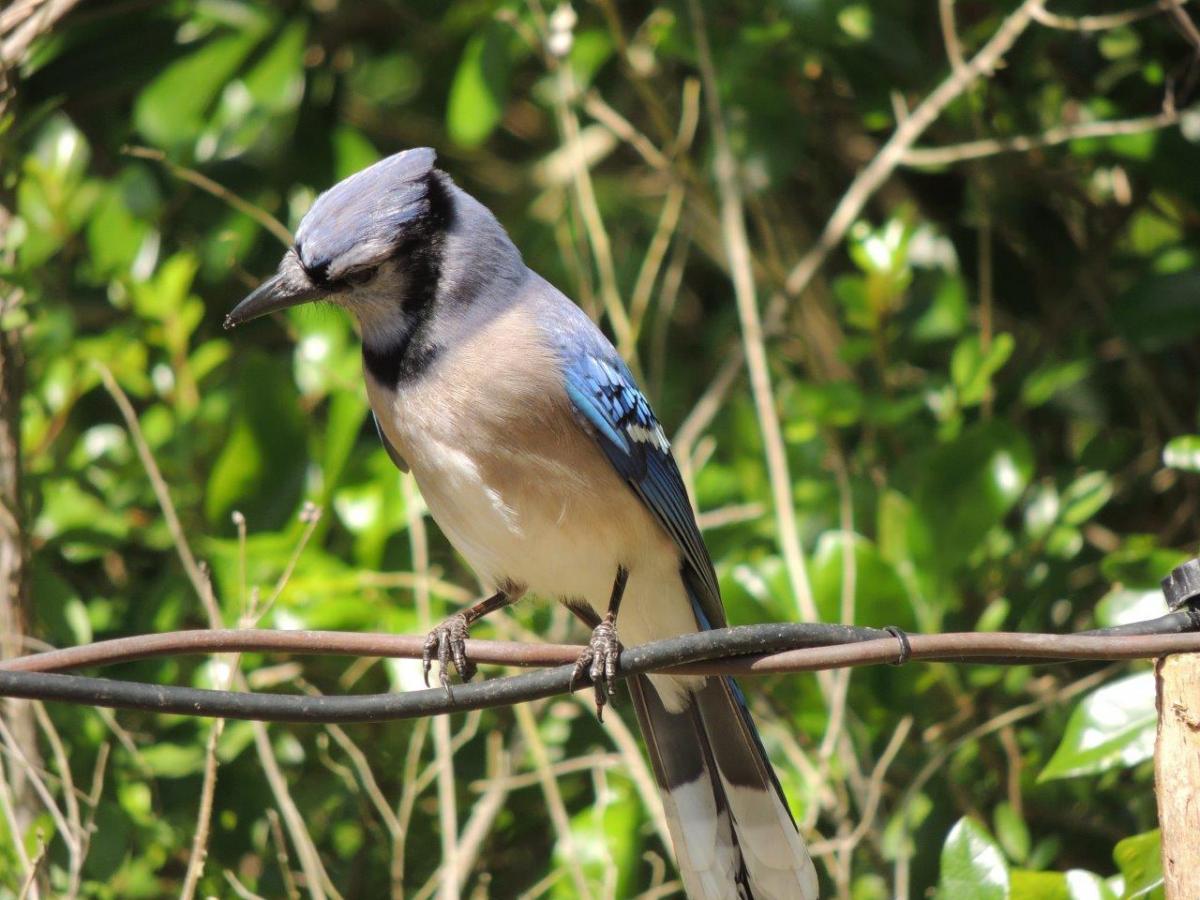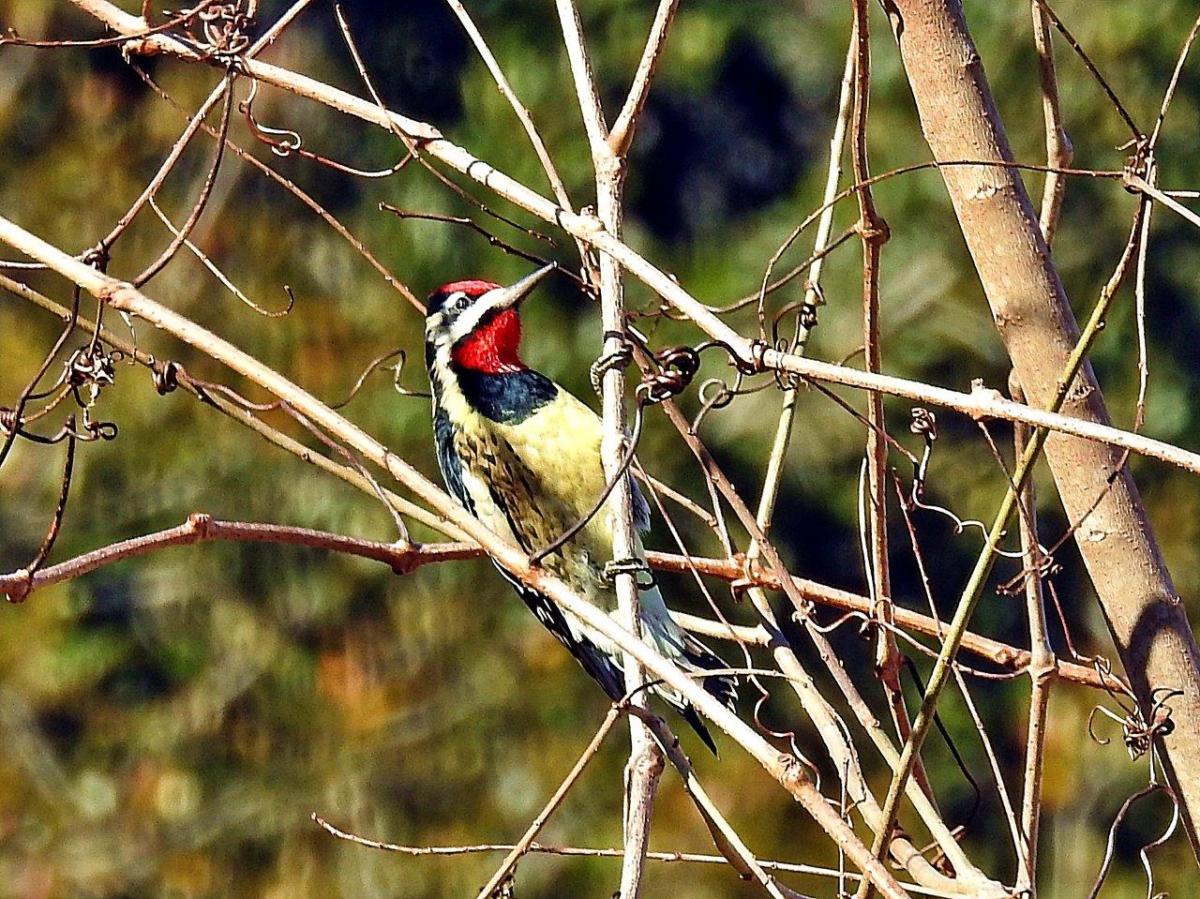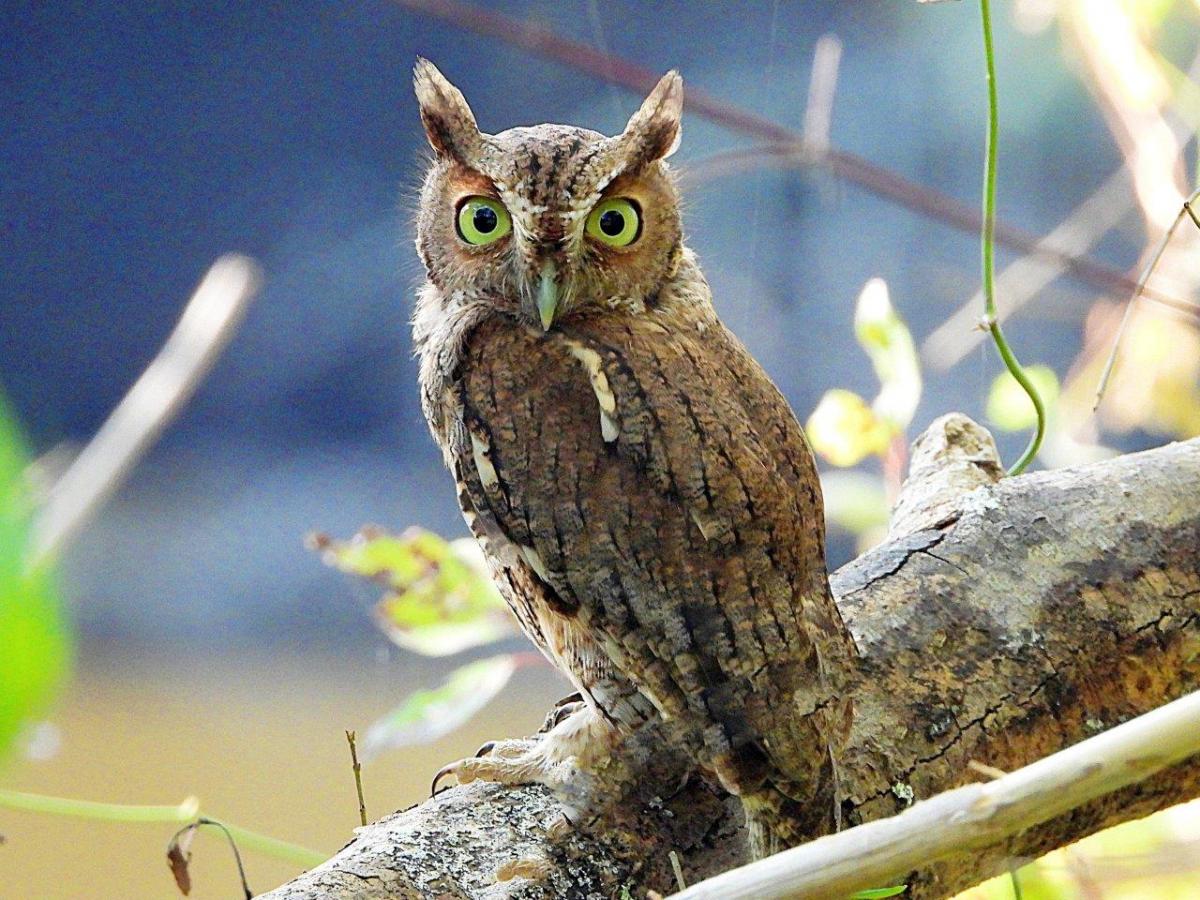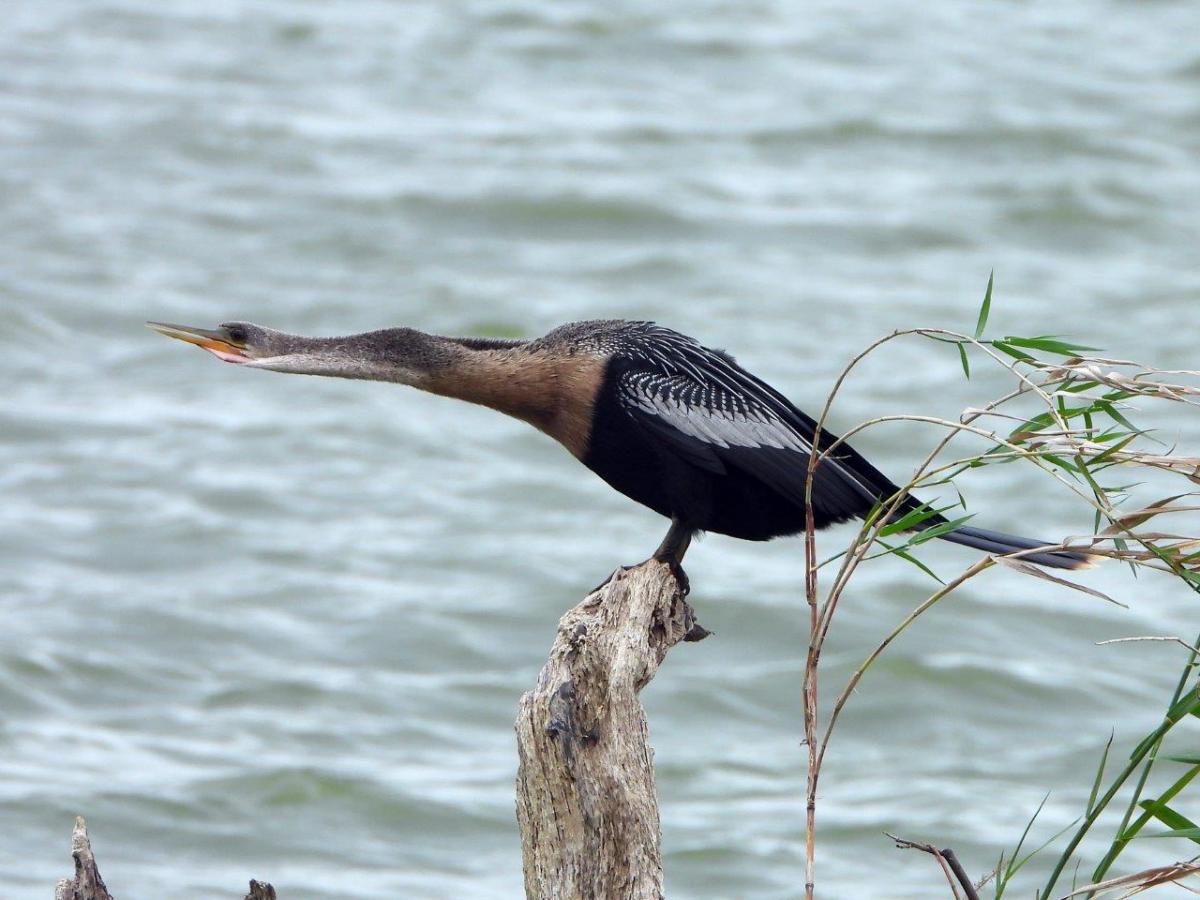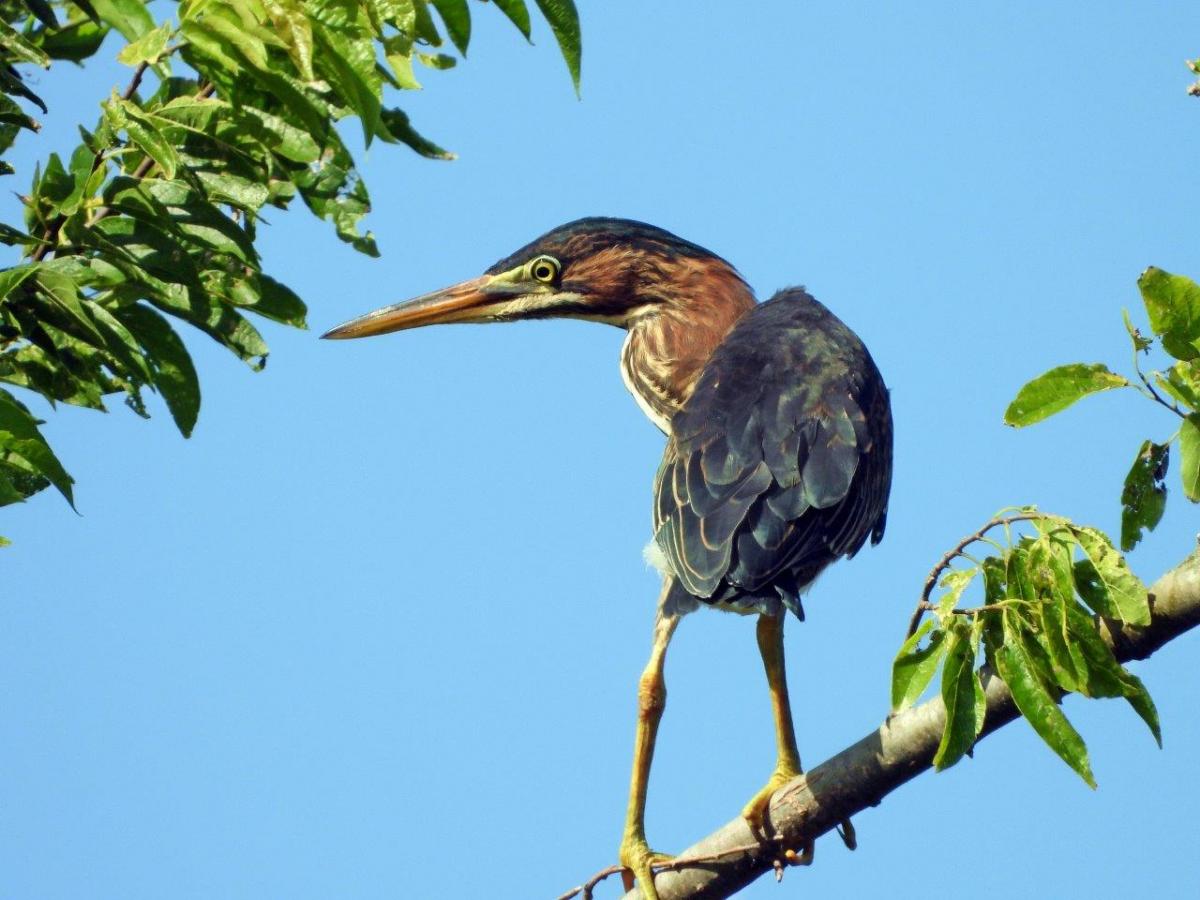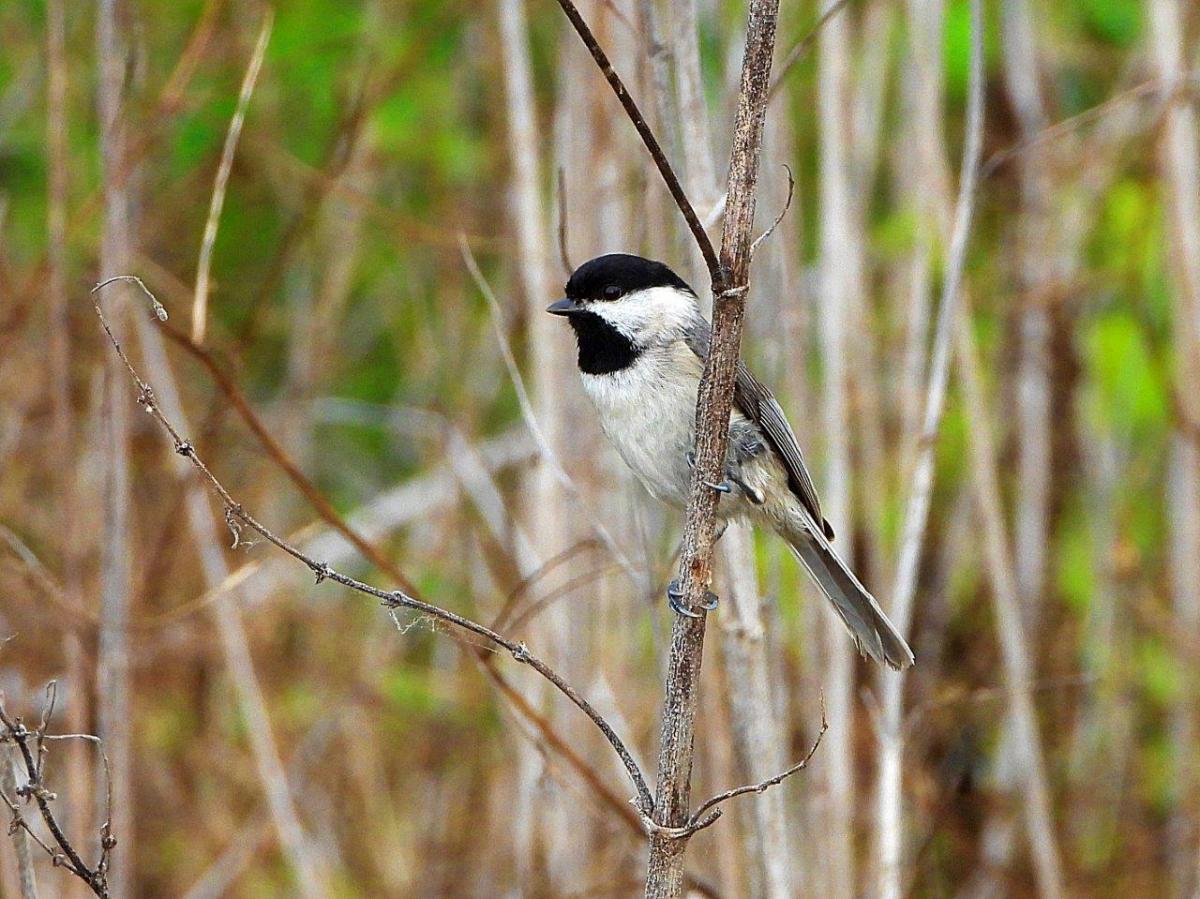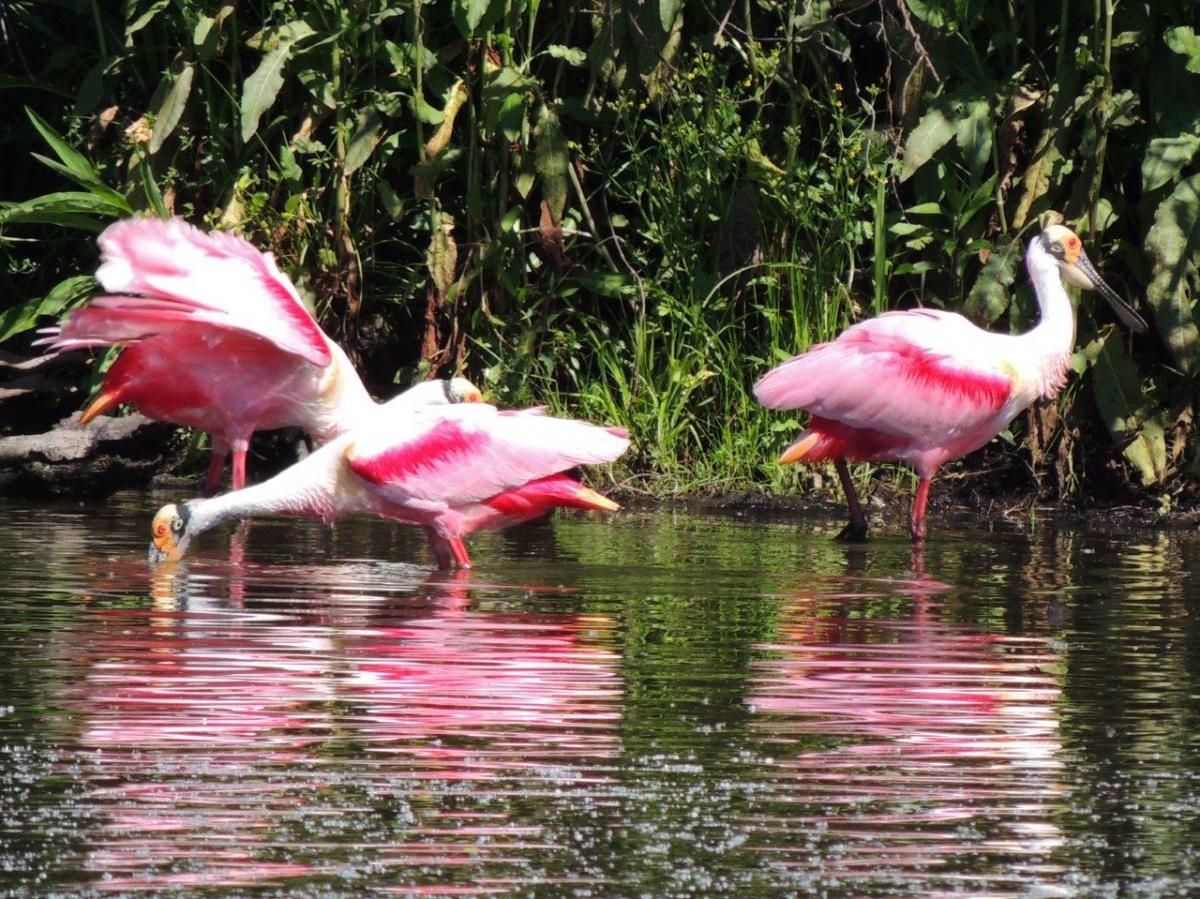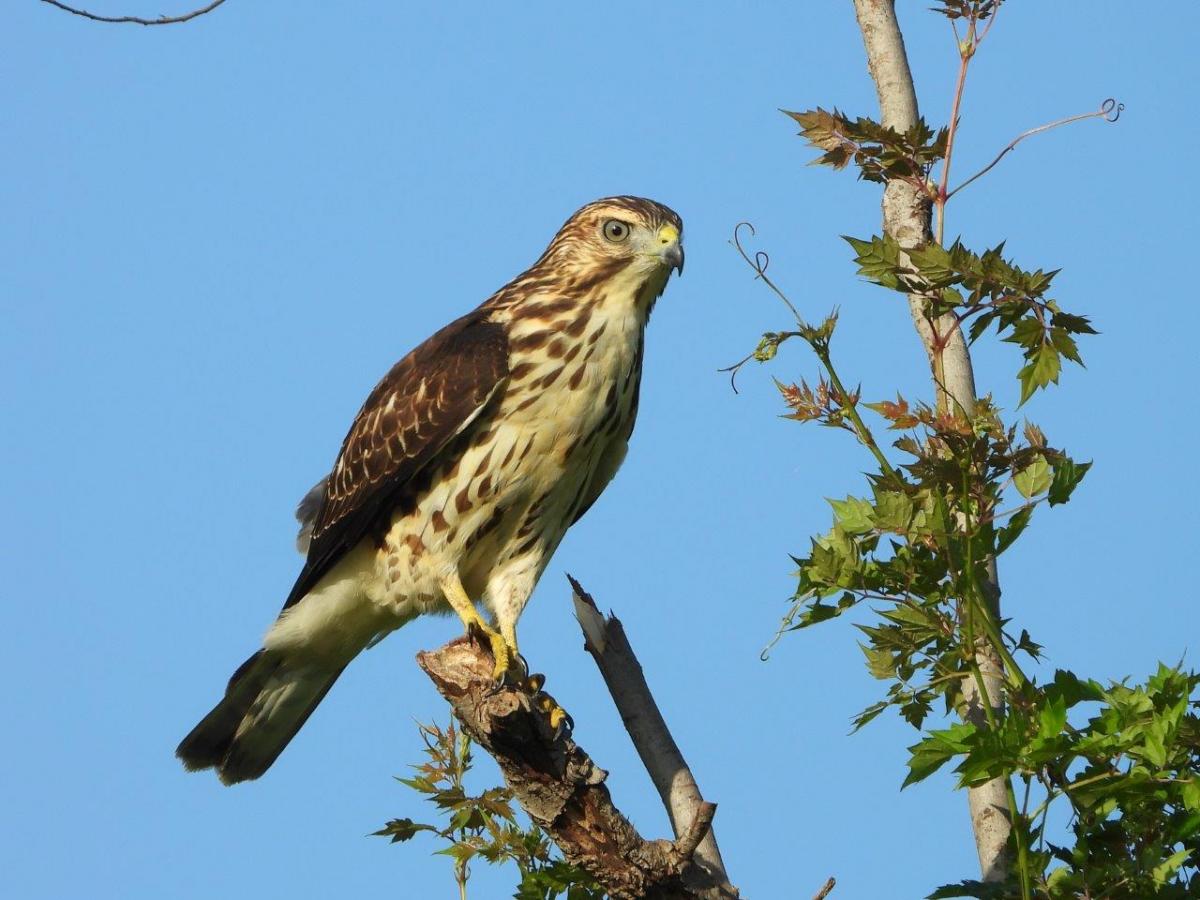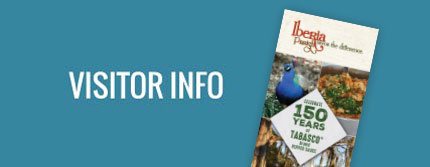(Blue Grosbeak)
By: Michael Musumeche (All photos provided by Musumeche)
Read our ultimate how to guide on birding in South Louisiana, written by Michael Musumeche, who is a Biologist, Ornithologist and Iberia Parish native. Then, download our birding checklist here to start your own bird watching journey!
(Indigo Bunting, Red-bellied Woodpecker)
1. When is birding season in South Louisiana?
There is no one birding season in Louisiana as birds are found in good numbers year-round, especially our permanent residents such as Northern Mockingbirds, Blue Jays, Northern Cardinals and scores of other species.
During spring migration, we get birds that are traveling from the tropics to Louisiana and areas as far north as Canada. In fall migration, many of our nesting species and those from further north are returning to their winter homes to areas south of our state and many species such as American Robins, and most waterfowl species remain here for the winter.
(Blue Jay, Yellow-bellied Sapsucker)
2. Where are the best spots to bird watch?
We are fortunate in Iberia Parish to have many locations that are good for seeing a large variety of birds. Some of these areas include: Jefferson Island Rip's Rookery, wooded areas between the Intracoastal Canal bridge and Cypremort Point (easily birded from the roadway), Spanish Lake (partially in St. Martin Parish), and the various parks located throughout the parish. The more varied the habitat is, the more bird variety will be found, and Iberia Parish is fortunate to have habitat diversity.
(Eastern Screech Owl, Anhinga)
3. Which species are the most common in each season?
- During spring migration we can expect more of our colorful birds, most of which spend the winter in the tropics. Most species stay in Louisiana for a few days and move to northern points. This group includes various species of warblers, tanagers, grosbeaks, vireos, buntings, etc.
- In summer, we can expect our permanent residents including Northern Mockingbirds, Blue Jays, Northern Cardinals, Brown Thrashers, Laughing Gulls, Purple Martins, four species of doves, several species of herons, egrets and ibis, etc.
- In fall, Iberia Parish hosts most of the species that came through during spring, the major difference is their plumages coloration will be subdued or changed completely.
- Winter residents include birds such as American Robins, Cedar Waxwings, various migratory sparrow species, and more than 30 different species of waterfowl.
(Green Heron, Belted Kingfisher)
4. What is/are the most sought after bird(s) in our region?
Some bird species are more uncommon than others. In Iberia Parish, I would categorize the following species as uncommon and thus sought after by birders: Mottled Duck, Cinnamon Teal, White-winged Scoter, Common Ground Dove, Reddish Egret, Peregrine Falcon, Swallow-tailed Kite, etc. A bird species considered common in our area could be “sought after” by someone who has never observed it before.
(Northern Cardinal, Carolina Chickadee)
5. What equiptment do birders need?
- The principle piece of equipment needed in birding is a good pair of binoculars. Affordability is a major factor. A beginning birder probably should not spend a lot on this item, but less expensive ones will not have the same clarity as the pricey models.
- A birder will need a field guide that identifies, with drawings, the species found in particular areas.
- A “point and shoot” camera is always good to carry when in the field. It helps document your sightings and/or lets you identify a species later once you put it on a computer.
(Roseate Spoonbill, Broad-winged Hawk)
6. Additional tips?
- A point to keep in mind, birds can see colors so never wear white or colorful clothing in the field.
- Always carry bug spray, snacks, water and extra clothing in your vehicle.
- Before going into the field, be sure to study a field guide to familiarize yourself with birds you are likely to see. If possible, accompany a birder who knows the ID of birds in the area. That is the best way to learn to correctly identify birds.
If you enjoyed this, check out:
